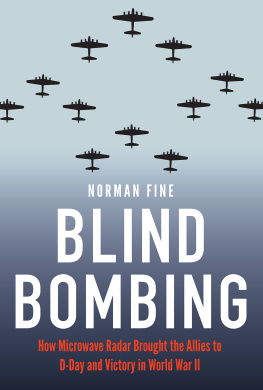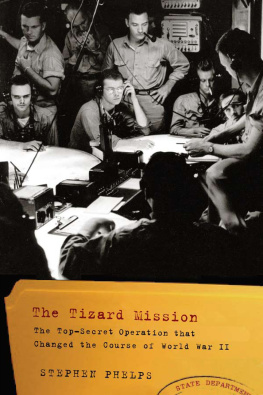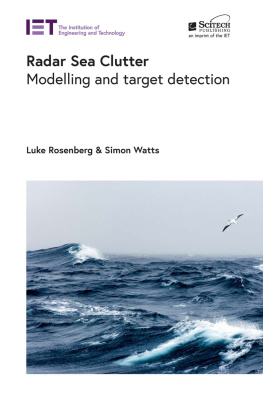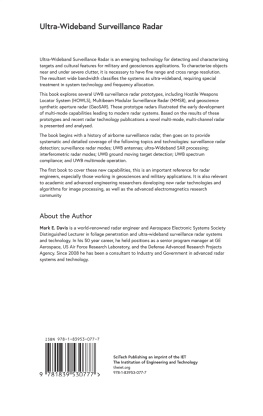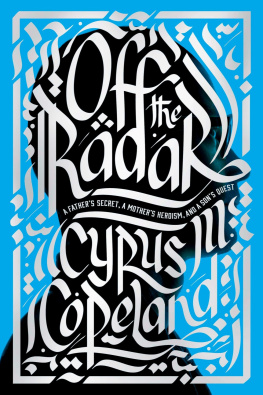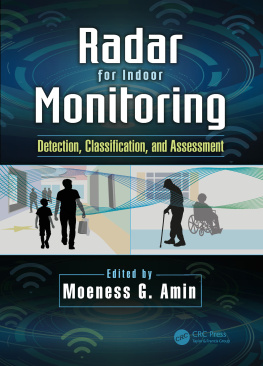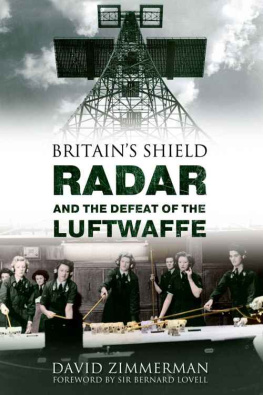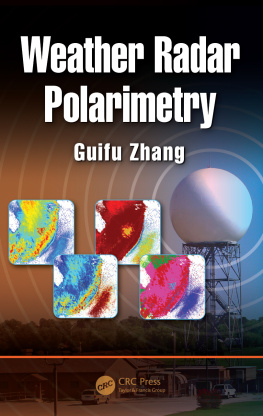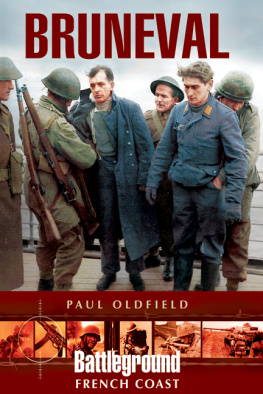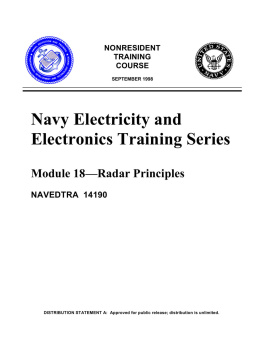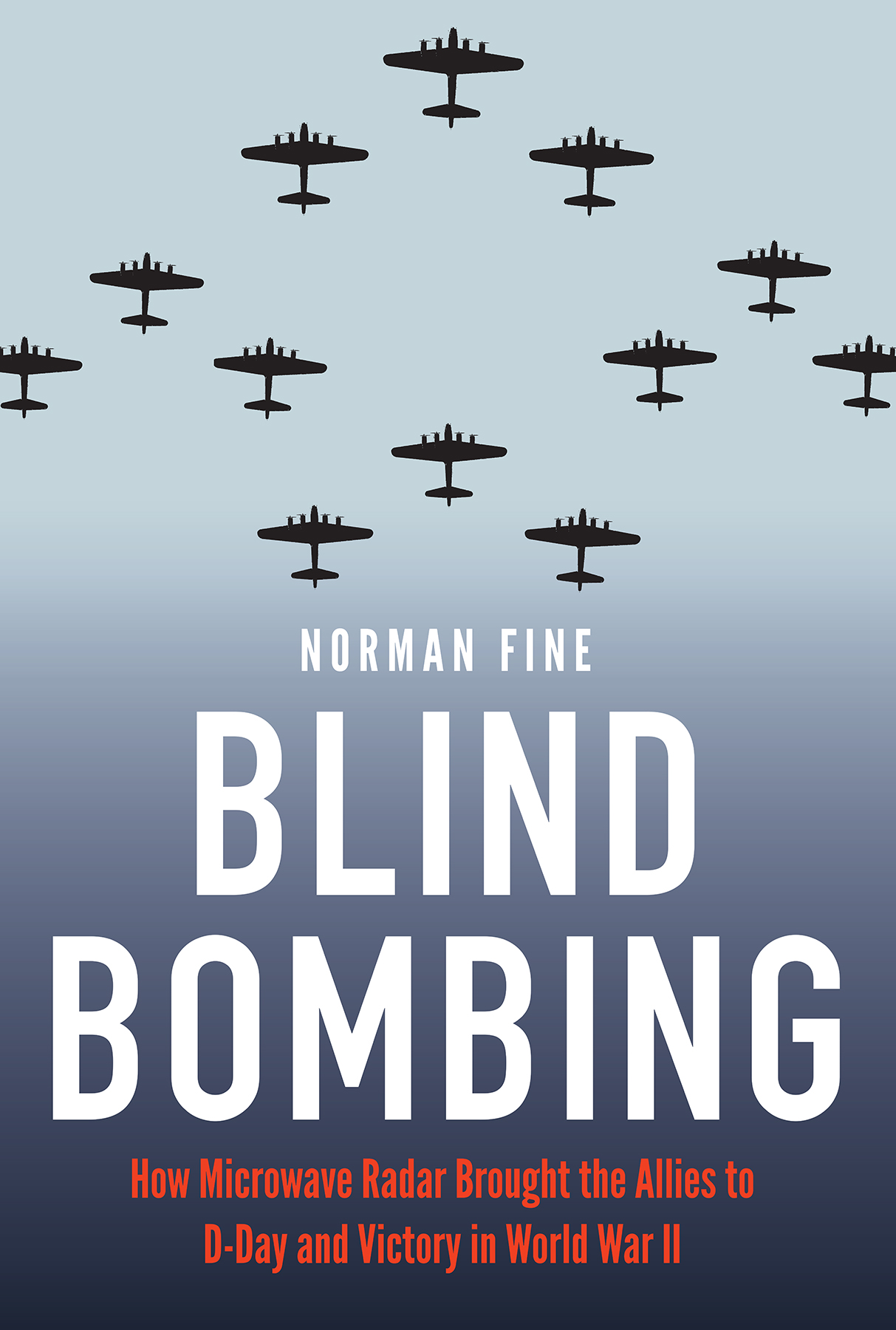
Reading like a detective story, Norman Fines spellbinding narrative reveals the little-known story of how British and American scientists developed a new radar system critically important to victory over Germany in World War II.
Nick Kotz, Pulitzer Prize-winning reporter and author of Wild Blue Yonder: Money, Politics, and the B-1 Bomber
This is an extremely accurate and detailed account of the development and use of microwave radar from its inception to its role in ending World War II in favor of the Allies. The book has both a technical and a personal spin that held my interest throughout.
Col. Dick Rounseville, U.S. Army (Ret.), commander, 334 Attack Helicopter Company (Cobra)
Norman Fines well-crafted account of the development and implementation of microwave radar is a valuable addition to the backstory of the Allied victory in World War II. Fine also has a personal stake in the story: his uncle Stanley was one of the quiet heroes who risked everything to bring the new radar to the skies over Europe. A deeply satisfying read on multiple levels.
Howard Means, author of 67 Shots: Kent State and the End of American Innocence
To completely understand the Allied victory in World War II, read Norman Fines new book. Snappy, engrossing prose, vivid aerial combat scenes, and Fines ability to relate his uncles combat experiences impart a thrilling, human dimension to the story of a key technological breakthrough that enabled the Allies to defeat Nazi Germany.
The Honorable G. Philip Hughes, senior vice president of the Council of American Ambassadors
Blind Bombing
How Microwave Radar Brought the Allies to D-Day and Victory in World War II
Norman Fine
Potomac Books
An imprint of the University of Nebraska Press
2019 by Norman Fine
Potomac Books is an imprint of the University of Nebraska Press.
Cover designed by University of Nebraska Press.
All rights reserved.
Library of Congress Cataloging-in-Publication Data
Names: Fine, Norman M., author.
Title: Blind bombing: how microwave radar brought the Allies to D-Day and victory in World War II / Norman Fine.
Other titles: How microwave radar brought the Allies to D-Day and victory in World War II
Description: Lincoln, NE : Potomac Books, an imprint of the University of Nebraska Press, [2019] | Includes bibliographical references and index.
Identifiers: LCCN 2019011059
ISBN 9781640122208 (cloth: alk. paper)
ISBN 9781640122796 (epub)
ISBN 9781640122802 (mobi)
ISBN 9781640122819 (pdf)
Subjects: LCSH : World War, 19391945Radar. | RadarHistory20th century. | World War, 19391945CampaignsFranceNormandyMiscellanea.
Classification: LCC D 810. R 33 F 56 2019 | DDC 940.54/12dc23
LC record available at https://lccn.loc.gov/2019011059
The publisher does not have any control over and does not assume any responsibility for author or third-party websites or their content.
Dedicated to the lasting memory of World War IIera scientists and servicemen who came together in freedom, from every walk of life and origin, in common purpose, to preserve democracy for all.
In the very first light on the western horizon behind us we were just beginning to see a forest of masts rising up from below the horizon, first just the tops of the masts and then the hullsa huge armada of thousands of great ships and troop transports and escort vessels steaming together from separate ports, converging with the first light off the Normandy coast. We could hear waves of Allied bombers going high over toward Utah and Omaha Beaches still shrouded in darkness, and then the distant explosions on the coast becoming a roar in the darkness, as we stood at our stations, Gene in his helmet, red hair showing, binoculars trained on the French coast just coming into range in the dawn light, the armada steaming full speed for the beaches now, dead ahead. And fair stood the wind for France!
Lawrence Ferlinghetti, Writing across the Landscape, Normandy invasion, June 6, 1944
The thoughts of America were too much with the men going through the Normandy surf for a remarkable thing to get much notice. The final bombs that paved the way for them, dropping only a few yards ahead of the first men to hit the beaches, went down through a solid overcast of clouds, without, as [Gen.] Larry Kuter wrote, so much as scratching the paint on a single rowboat in that packed armada below. Long ago our scientists had taken from Hitler even the comfort of bad weather.
Gen. H. H. Hap Arnold, commander, U.S. Army Air Forces, Global Mission
Contents
By sunset on D-Day, June 6, 1944, the conclusion of World War II was a given. The Allies finally had a beachhead in Nazi-occupied Europe just twenty miles from Britain. During the war years leading up to the event, the outcome was not so clear. Even so, many civilians and servicemen were yet to perish through another year of battle before Germany finally surrendered.
Lesser known in the long campaign getting to D-Day, and mostly ignored by historians, is the vital role played by one small piece of hardware invented by two British physicists that gave the Allies an exclusive edge. Four of the combatants had radar: America, Britain, Germany, Japan. But there was radar and there was microwave radar, and the difference was akin to that between the musket and the rifle.
The British invention solved a problem with radar that every nations scientists understood but only two British physicists had overcome. It was so revolutionary that enemy scientists, even when the evidence of their losses was before them, didnt believe that radar could possibly be the cause.
The top secret invention was the resonant cavity magnetron, born of a cooperative effort between government and science established in Great Britain long before the outbreak of war. Such a partnership was unprecedented in the United States but fortunately was adopted on the eve of war, if reluctantly by some military leaders.
In May 1940, as German troops swept across the Low Countries and France, scientist-statesman Vannevar Bush carried a single page of notes to President Franklin D. Roosevelts office. Fifteen minutes later Roosevelt scrawled his okay on Bushs notes. In five months, June to November 1940, a government-scientist partnership, the National Defense Research Committee ( NDRC ), was established and working. Research and development laboratories were operating at leading universities in the United States and were funded and staffed with the best and brightest of the nations civilian scientists who heeded their countrys call.
Through the war years, this community of civilian physicists and engineersin both the United States and Britainperformed intellectual feats under intense pressure. They crisscrossed the Atlantic past marauding U-boats, flew in and out of London during the Blitz to confer with fellow scientists, flew test and training missions in military aircraft side by side with military personnel, and spent day after grinding day in cold makeshift laboratories in the British countryside designing, testing, and redesigning equipment that only months earlier had never existed.
The resonant cavity magnetron spawned a series of secret microwave radar systems, two of which conquered the two primary obstacles to a major Allied land invasion on EuropeD-Day. Allied ground forces had to establish a permanent beachhead on the Continent to bring the war in Europe to a conclusion sooner rather than later. The two obstacles to D-Day were the German U-boats and the European weather.
Next page
